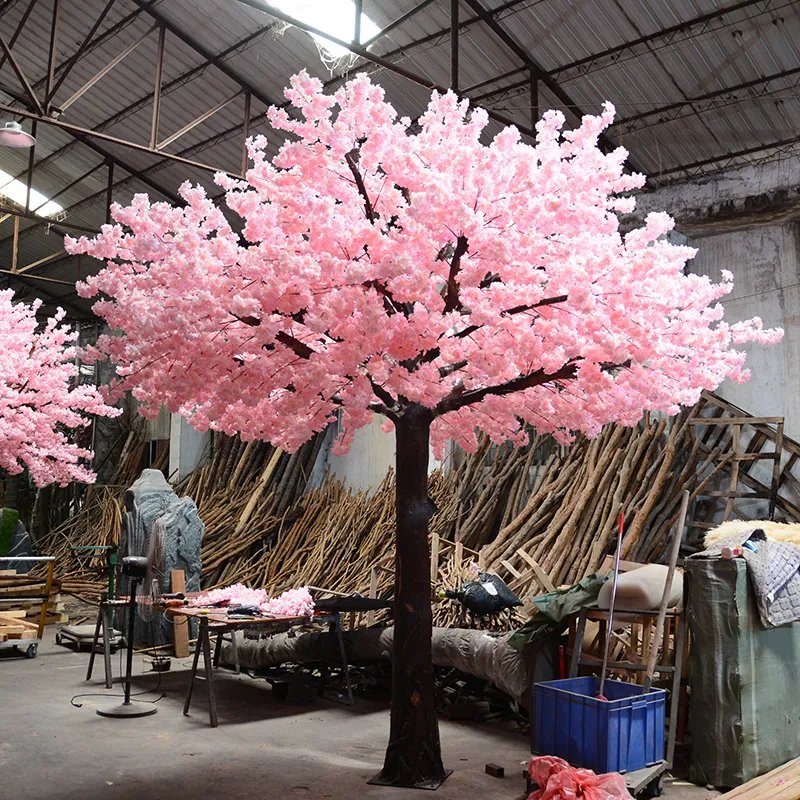
In the past few decades, with the continuous advancement of technology, people's lifestyles and concepts have also undergone profound changes. One of the most striking changes is the rise of artificial plants. These plants created through technological means not only perform well in terms of environmental protection, but also win the love of the public for their unique aesthetic properties.

First of all, from an environmental perspective, artificial plants have unparalleled advantages. They can simulate the ecological functions of real plants, such as absorbing carbon dioxide, releasing oxygen, purifying the air, etc., but do not require natural resources such as soil, water, and sunlight. Therefore, they can not only create green environments in urban spaces, but also green areas where real plants cannot be grown.
In addition, artificial plants can also effectively reduce water consumption. Real plants require a lot of water to grow, while artificial plants do not. This is undoubtedly an important advantage for an earth where water resources are becoming increasingly scarce. At the same time, since no soil is required, artificial plants will not put pressure on land resources, allowing urban space to be used more efficiently.
Furthermore, artificial plants also have high value from an aesthetic point of view. With the development of science and technology, the design and production technology of artificial plants are becoming more and more sophisticated, and their appearance and texture are getting closer and closer to real plants. Whether it is color, shape or texture, artificial plants can be designed and produced according to needs, making urban spaces more beautiful and comfortable.
In addition, artificial plants are also very adaptable. Whether in cold winter or hot summer, they can maintain their original shape and color and will not be affected by the seasons like real plants. This makes their application in urban spaces more flexible and widespread.
Finally, artificial plants are also very high maintenance. Compared with real plants, artificial plants do not require maintenance such as frequent watering, pruning and fertilizing, making them easier to manage. This allows people to enjoy the green environment without having to worry too much about plant maintenance.
To sum up, artificial plants are popular because they have significant advantages in terms of both environmental protection and aesthetics. In terms of environmental protection, they can simulate the ecological functions of real plants without consuming natural resources and land space; in terms of aesthetics, they can be designed and produced as needed, adapting to various environments and spaces, making cities more beautiful and comfortable. At the same time, they are also very adaptable and maintainable, so people do not need to worry too much about plant maintenance. Therefore, with the continuous development of science and technology and the improvement of social environmental awareness, the application prospects of artificial plants will become increasingly broad.